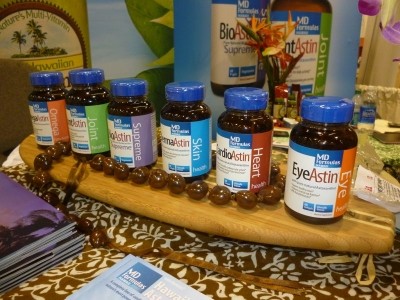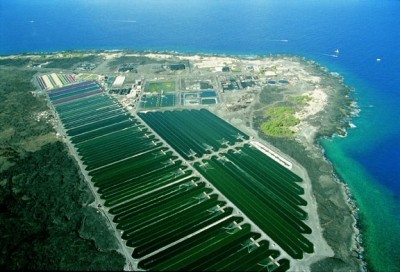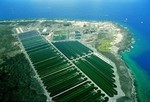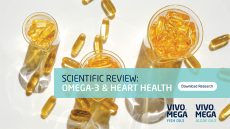FDA passes 12 mg New Dietary Ingredient petition for astaxanthin

In order to cover a broad spectrum of potential users, Cyanotech successfully filed a New Dietary Ingredient (NDI) notice with the FDA to allow a 12mg daily dosage of its BioAstin-branded ingredient.
FDA has previously allowed astaxanthin to be use at levels up to 7.8mg per daily serving. However, according to the Hawaii-based company, servings between 4 and 8 mg is fine for most people, but higher levels are needed by people with certain conditions or individuals whose bodies absorb carotenoids poorly.
Indeed, the majority of the human joint health clinical research using astaxanthin – the pigment that gives salmon its pink colour – was performed using 12 mg per day, said Cyanotech.
In addition, studies have shown that absorption of carotenoids can vary significantly, with some people able to absorb about 5%, while others can absorb as much as 90%.
A rosy future for the pink pigment?
The global astaxanthin market is estimated to be worth about $200 million by 2015, most of which is used as a pigment to enhance the pink coloration of fish such as salmon. The human uses market is growing and estimated at about $35-60 million, according to 2008 data from Frost & Sullivan.
Its main health benefits are eye and skin health although it has also been linked to joint health and central nervous system health and is said to have an antioxidant payload 500 times that of vitamin E.
Most astaxanthin is derived from the algae, Haematococcus pluvialis, which is commonly consumed by fish and crustaceans and is responsible for their pink coloration.
Growing consumer interest
Earlier this year, Cyanotech told NutraIngredients-USA that demand for the pink pigment has “skyrocketed” following heavy exposure on influential TV shows including Dr Oz and Oprah.
Cyanotech vice president, sales and marketing Bob Capelli, said: “We believe that astaxanthin can become a household word in the next five years.”

















